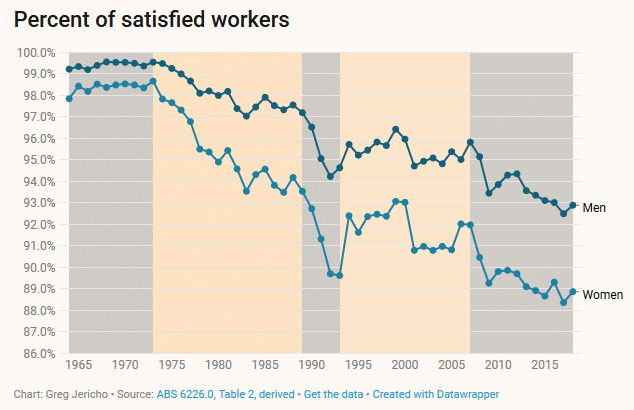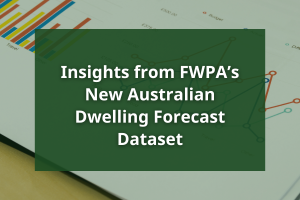since May of 2001, and falling 0.6% compared with the prior month.
As the chart below shows, the value of loans for Alterations & Additions has declined steeply since peaking in late 2017. Only two months in the last year have recorded any growth in the value of these loans.

To go straight to the dashboard and take a closer look at the data, click here.
On an annualized basis, loans for Alterations &Additions for secured housing totalled AUD3.984 billion over the year-ended September 2018. This was 13.2% lower than for the prior year.
That said, Australians have still been finding a way to fund their renovations, without getting new loans. In many cases, this could involve using equity in mortgages, and could even involve drawing down on household savings or retirees contributing from their superannuation, without the necessity of borrowing.
We can see that the effect of these different options for financing Alterations & Additions (which typically involve smaller amounts of money than buying a new dwelling and are therefore easier to fund without finance) in the chart below.
The value of Construction Work Done for Alterations & Additions over the year-ended September 2018 was AUD8.818 billion, down just 0.2% on the prior year. As the chart below shows, September quarter growth was 2.7%, compared to the June Quarter.

To go straight to the dashboard and take a closer look at the data, click here.
So, we can see that loans aside, there is still activity – a bit patchy perhaps – in the Alterations & Additions space.
Moreover, the GDP data shows the effect of that expenditure on the economy. The value of Alterations & Additions totalled AUD37.572 billion year-ended September, up 3.5% on the prior year. The flow-on effects of expenditure on renovations is an important part of the nation’s economic activity, with a long trail of upstream work and actual construction activity.
Meanwhile, on other housing finance news. Veteran analyst Louis Christopher of SKM Research suggested in the Australian Financial Review (10th December, 2018), that loans were becoming so difficult to obtain, that the traditional four week auction advertising window may need to push out to six weeks. This would allow borrowers time to get their loans together, now that banks are pursuing greater detail than ever before.
The commentary came at the same time the OECD suggested Australia’s most likely housing price trajectory was a ‘soft landing’. However, it also notes the risks of a sharper decline, much as they are outlined elsewhere in this edition of Statistics Count.



